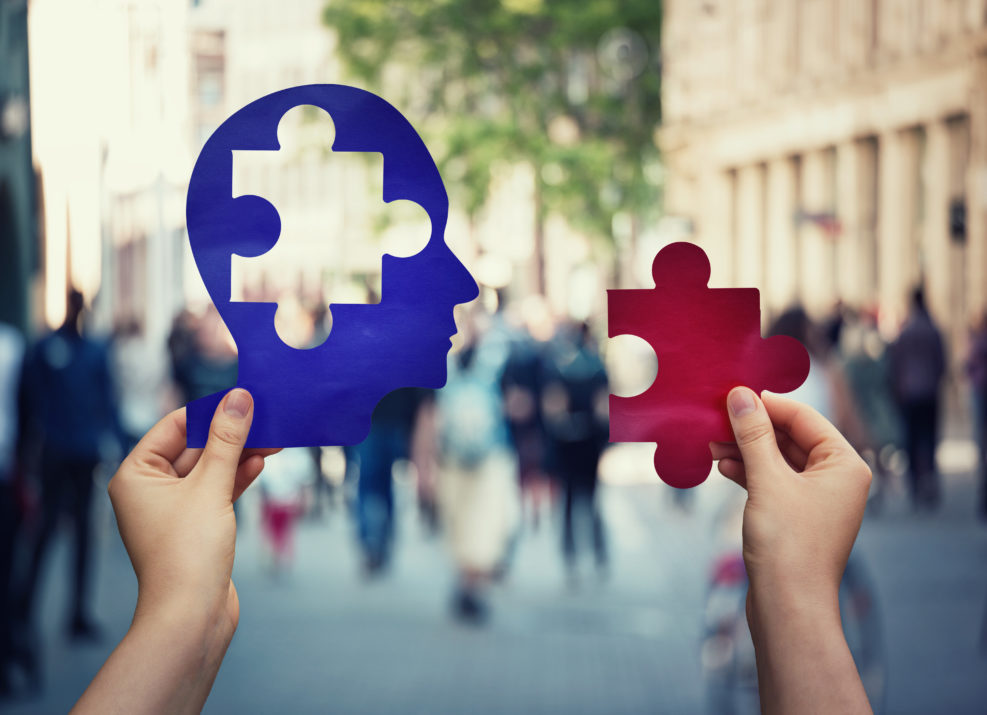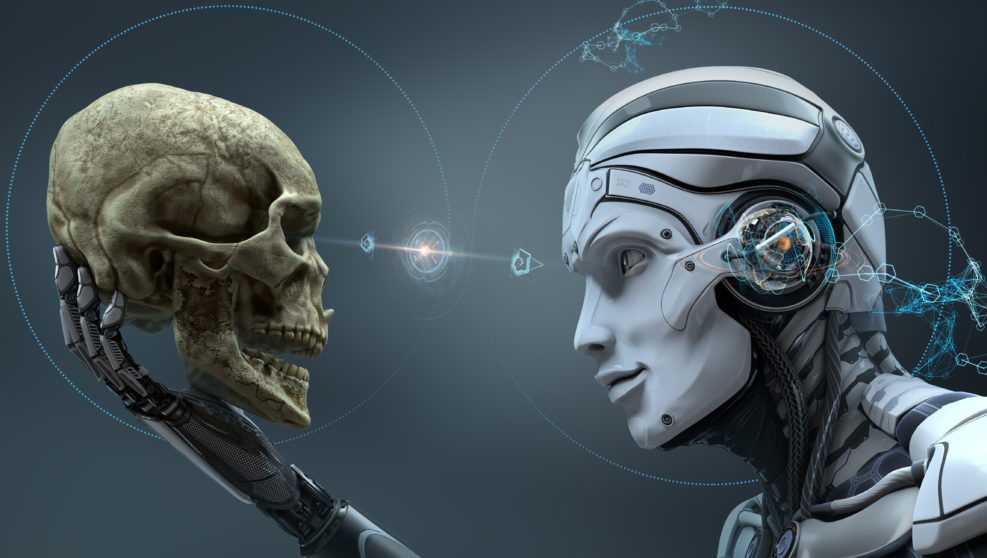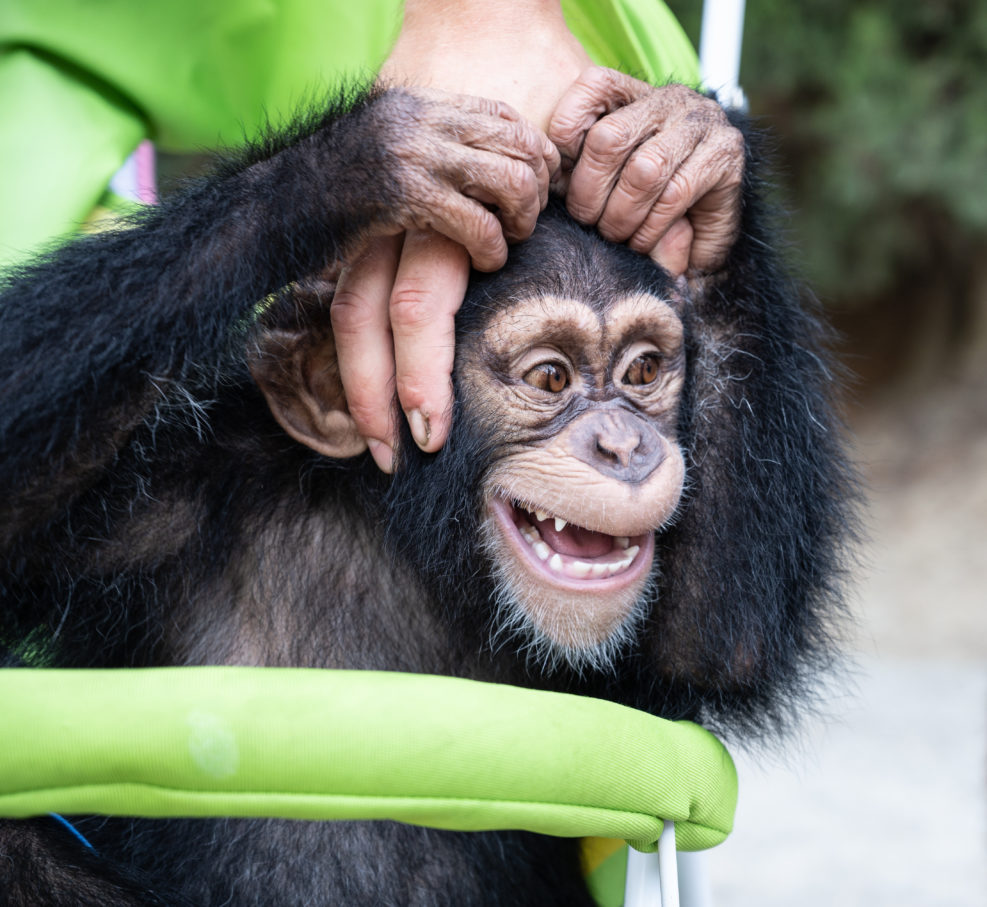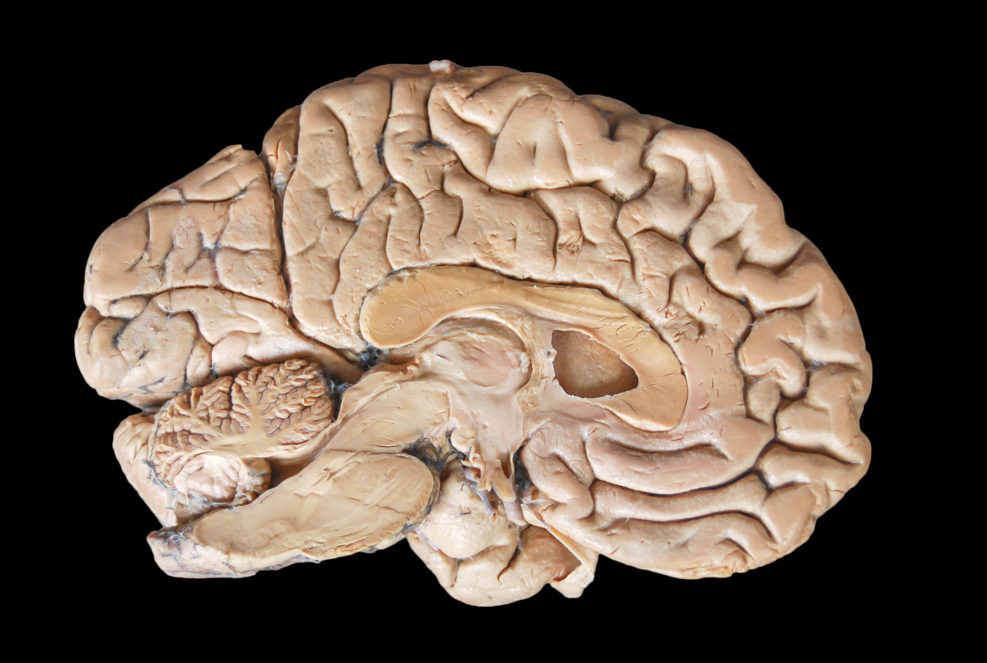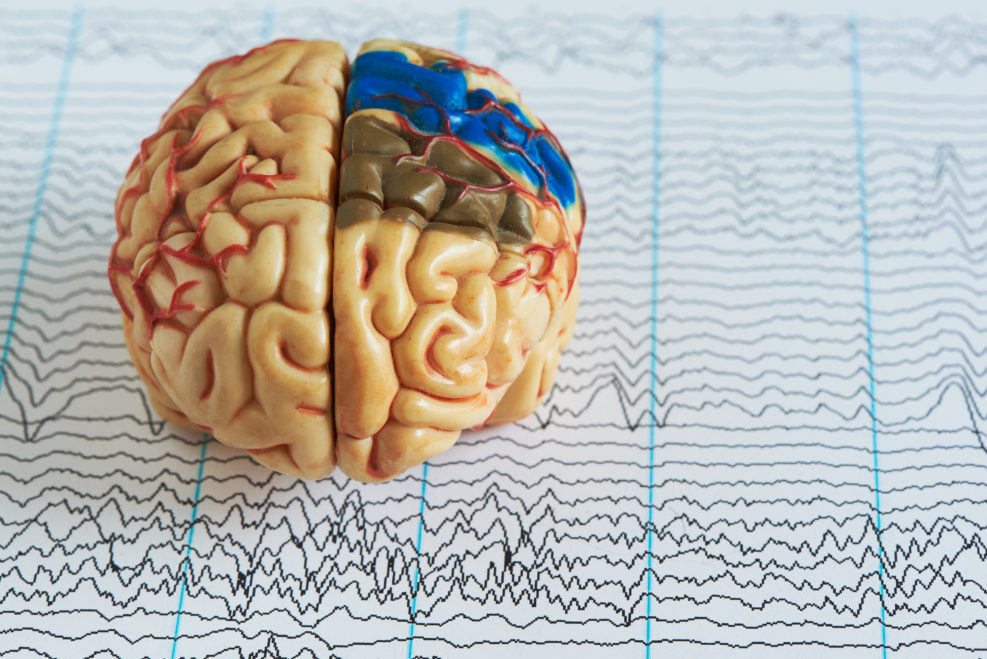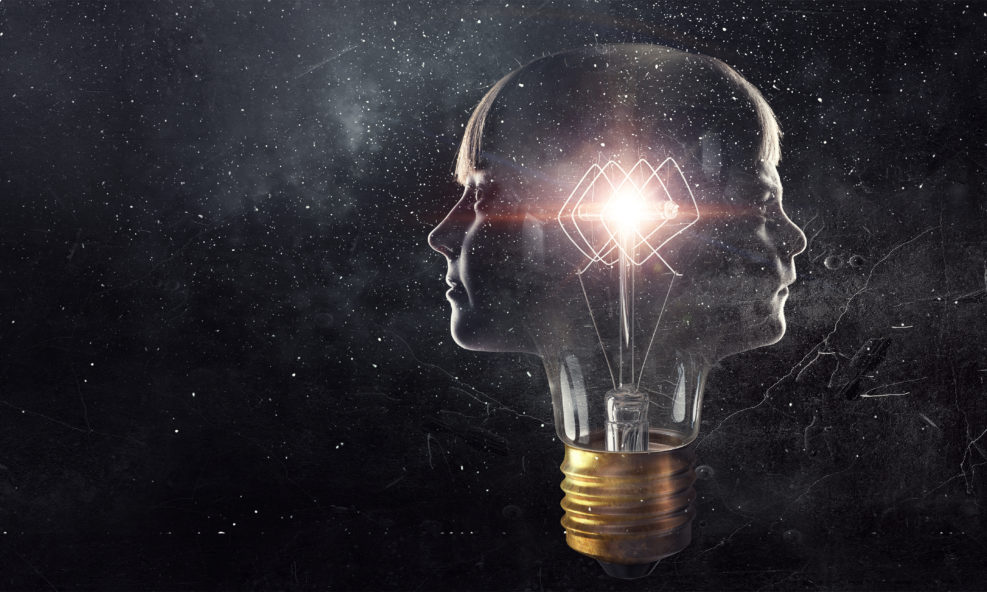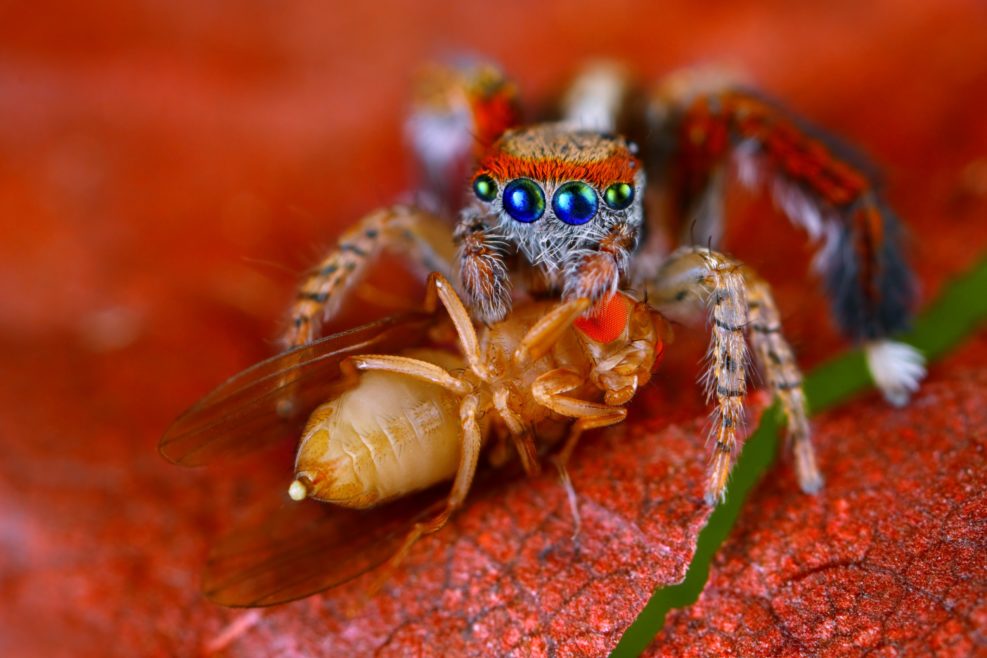
Smoke and Drink Too Much? Blame Neanderthal Man!
Besides passing on addictive habits, if you believe a study of casts from fossil skulls, our Neanderthal ancestors couldn’t meditate either…This from a recent DNA analysis study: Around 40% of the Neandertal genome can still be found in present-day non-Africans, and each individual still carries ~2% of Neandertal DNA. Some of the archaic genetic variants may have conferred benefits at some point in our evolutionary past. Today, scientists can use this information to learn more about the impact of these genetic variants on human behaviour and the risk of developing diseases. Using this approach, a new study from an international team led by researchers from the University of Tartu, Charité Berlin and the Amsterdam UMC analysed Neandertal DNA associations with a large variety of more than a hundred brain disorders and traits such as sleep, smoking or alcohol use in Read More ›

